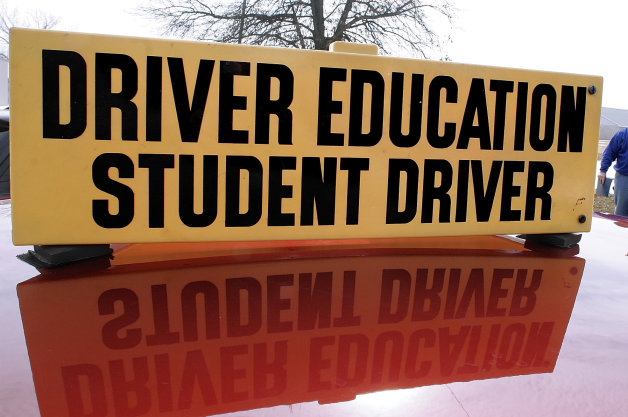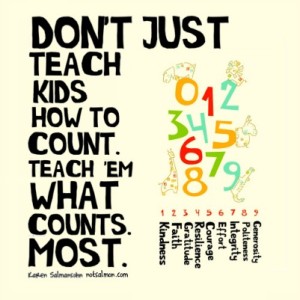Common Obstacles Found In Teen Drivers
Adriver’s license is a rite of passage for most teens. For many parents, it’s a bittersweet moment of celebrating independence and feeling worried about their teen’s safety on the road.
Teens often have a bad reputation as new drivers. Daily, they face many challenges on the road that can increase their risk of accidents.
Whether you’re a parent or know a teen driver, understanding some of the obstacles of teen driving can help young drivers feel more confident and safer on the road.
Common Risk Factors and Obstacles for Teen Drivers
The National Highway Traffic Safety Administration (NHTSA), reports vehicle crashes as the leading cause of death of teenagers between the ages of 15 and 19. According to the most recent data from NHTSA, there were 3,255 teens involved in fatal accidents.
Every car accident involving a teen doesn’t result in a fatality. However, understanding the obstacles can help decrease the chance of accidents.
Inexperience and Immaturity
By nature, teen drivers are inexperienced and immature. Their developing brain plays a significant role in their decision making and risk-taking.
According to the American Academy of Child & Adolescent Psychiatry, a young person’s frontal cortex, which is responsible for decision making and reasoning, is changing and growing. Teens are often bigger risk-takers due to the amygdala part of their brain, which guides emotions and reactive behavior.
Distractions
In 2017, the NHTSA reported, seven percent of individuals who died in vehicle crashes involving a distracted driver were teens between 15 and 19 years old. Although smartphone use, from texting and driving to watching videos or using social media, is a significant factor in many distracted driving crashes, teen drivers have the obstacle of other types of distractions.
Eating food, adjusting the radio, glancing at GPS, or even having other passengers in the car can make it difficult to focus. This can cause even the most experienced drivers to become distracted.
Not Using a Seat Belt
Even if you were hyper-vigilant and encourage your children to always buckle up, they still may neglect to wear a seatbelt.
Not only are seat belts required by law but they can also be lifesaving. Reiterate to your teen the importance of wearing a seat belt as a driver and passenger.
Drugs, Alcohol, and Peer Pressure
Teens face obstacles even when they aren’t behind the wheel. Many of the challenges are directly related to peer pressure.
Despite it being unlawful to drink and drive, some teens make a choice to drink or use drugs and get behind the wheel. Even if your teen pledges to be a sober driver, they may have friends who pressure them to drive recklessly.
Be sure to educate your teens by explaining to them the negative effects of drinking irresponsibly. Let them know drinking and driving are non-negotiable and if they do consume alcohol, they must drink responsibly and do not drive.
Helping Your Teen Driver Overcome Their Obstacles
You can’t be with your teen every time they drive. When you are with them, encourage them to be more responsible and safe while behind the wheel.
Having honest and open discussions about driving can help your teen think about their choices while driving. Discuss real-world scenarios such as alcohol and drug addiction, using stats and facts, rather than scare tactics.
Your teen has the opportunity to become a better driver, but they can’t do it without your help. As soon as your teen starts driving and before they begin driving alone, it’s a good idea to set some rules.






